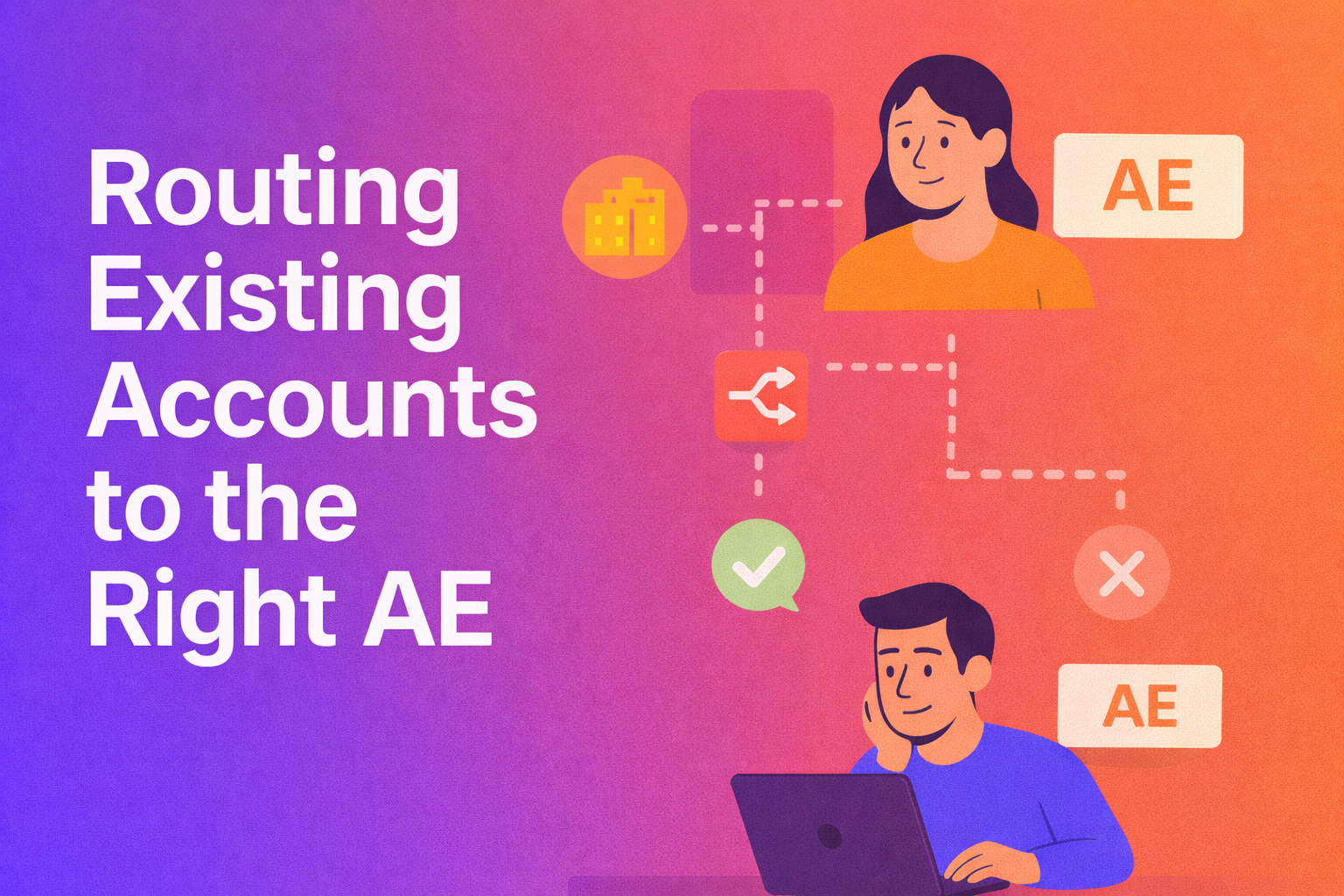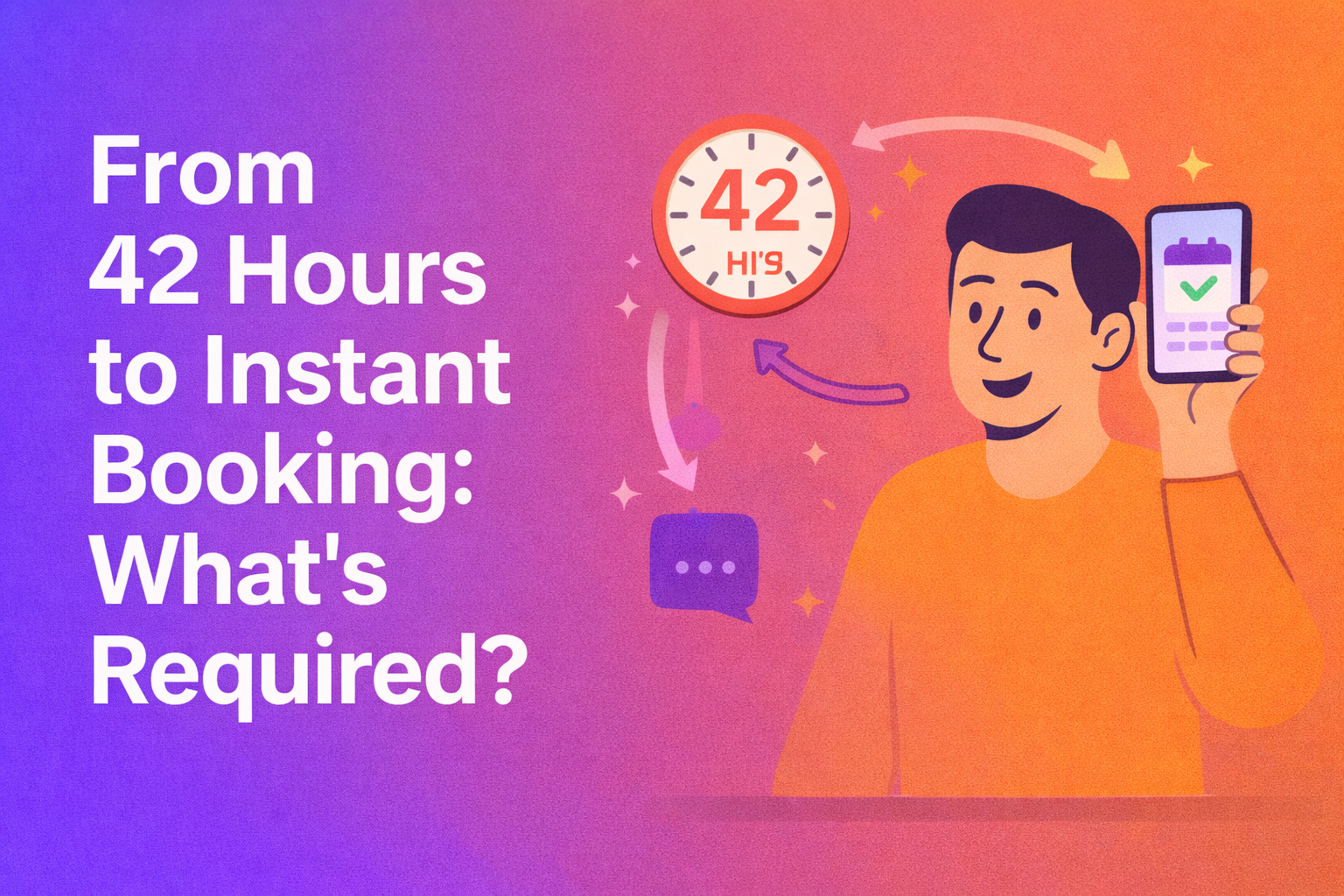Your average buyer experience in 2024
If you’re a marketer today, vs 10 years back, there are some things that are commonly accepted truths by now.
On the demand gen side, the level of sophistication in the tech available to identify, target and deliver content to your ICP is nearly unrecognizable. It’s a whole lot easier (you still need the right person) to generate high quality content with the fraction of the team and time that you would’ve otherwise needed.
On the other hand, you also have the fact that performance marketing is getting prohibitively expensive and outbound seems to be going through some sort of a life support phase, barely surviving with any of the traditional approaches.
Despite all of this being real, the buying experience that a B2B buyer goes through today has barely evolved, save a few novelties along the way.
Let’s look at what a B2B buyer’s experience looks like, with the caveat that not all B2B journeys look the same, or even similar in some cases.
.png)
While tooling to identify intent signals are getting better and might eventually allow for even sharper targeting, you still need to continue your TOFU marketing for buyers who aren’t yet actively looking, and journeys like these will be the norm.
Getting back to the journey, you now have this buyer, who through your careful targeting (and 100s of $s spent) has landed on your page, looking to talk to your sales team and fills up your cleverly optimized demo form to reduce drop offs. What happens next is somehow the accepted status quo.
Based on the experiences on a 1000 B2B websites, the reality for this buyer at this point is, a thank you page! That’s right. This high intent, carefully targeted buyer at the end of your marketing funnel, runs straight into a wall at this point in their buying journey.
This is where the funnel beyond the wall starts. These carefully targeted ICP buyers now start at the top of your sales funnel, on their way to the B2B sales pipeline, where they’re waiting to be qualified by your SDR.

The ones that end up noticing the email from that SDR within a reasonable amount of time (the average as of 2024 is 1 day 5 hours and 17 minutes), now has to go through email ping pong to first talk to the SDR, prove that they can buy and after that call, wait on the same process to then be finally booked with your AE. And from here, your win rates determine the number of buyers that do end up buying.
It’s this part of the B2B buying experience that remains painfully unchanged for most orgs, resulting in CAC that never seems to reduce despite continuous optimisation and budget restraints in marketing.
This area of handoff between marketing and sales where the conventional “conversion” criteria has been met and the conventional “lead touches” are done by your SDRs is where everything continues to look good on paper (CRM?) and you keep wondering why your pipeline isn’t growing.
So what can be done about this?
Depending on your GTM motion, whether that’s product led, sales led or a combination of both, optimize your buyer’s journey for a conversion event meaningful enough for not just in the conventional marketing sense, buy also for your buyer.
What can you do about it?
For a product led motion
- Own the buyer’s journey beyond the request for a trial.
- Get the user into a free trial right from your landing page.
- Don’t let them go just yet. Setup instrumentation in the app, to track product usage, and identify those who perform enough actions, to then notify your sales team of high value trial signups.
- Ideally, allow these trial users to book meetings with their CRM owners right from within your app.
Setup automated email sequences for those that sign up for the trial, but don’t end up using the product. Check out tools like Appcues, Customer.io or a combination of both to achieve these.
While all of this is happening, your sales team should still be reaching out to the buyer, connecting with them on Linkedin, researching their company and offering the right incentives to keep the trial moving.
Setup your sales team’s metrics to track these activities, while your marketing team is still measured on not just page scrolls or trial signups, but on activated/engaged trial signups.
In cases where product complexities don’t allow automated free trial provisioning, setup a tour with a product like arcade or storylane, and give your buyer a reason to schedule time or request that trial instance.
Track their journeys in these products, send the signals to the account owners and increases the chances of conversion.
For a Sales Led Motion
Automate the qualification process in the buying journey, through the information that you collect on the form.
In cases where that might not always be sufficient, consider enriching hidden fields with products like Clearbit, Zoominfo or Apollo, or a combination of those.
Skip the qualification call, and offer a scheduling option right on your website. Guess who does a great job at that? ;)
Move your buyer straight into a pipeline, with a qualified booked meeting right on your AEs calendar, instead of on to another multi step funnel.
For those who go through the form, are prompted with the option to book a meeting and still end up not booking a meeting, you now have a strong intent signal.
Setup retargeting campaigns to get them back into the pipeline. Curate content specifically for them.
All of this happens while your sales team is still going through the cadence of Linkedin connects, inviting the buyer to relevant events, and sharing enough value for them to continue the conversation.
When you’re spending $ks to get your targeting right, beat competition and get your buyers into the funnel, conventional conversion metrics and premature handoffs doesn’t just harm your acquisition numbers, but also makes for a pretty disappointing buyer experience.
Take a closer look at the buying experience that you provide, and you’ll see the second funnel and how you can plug the first one straight into your pipeline.
Let RevenueHero help your team turn high-intent users into booked meeting without slowing down your funnel.



.png)








